Kevin Burns: Austin Skyline Is Key to Downtown’s Past and Future
“What makes us proud as Austinites is our skyline”
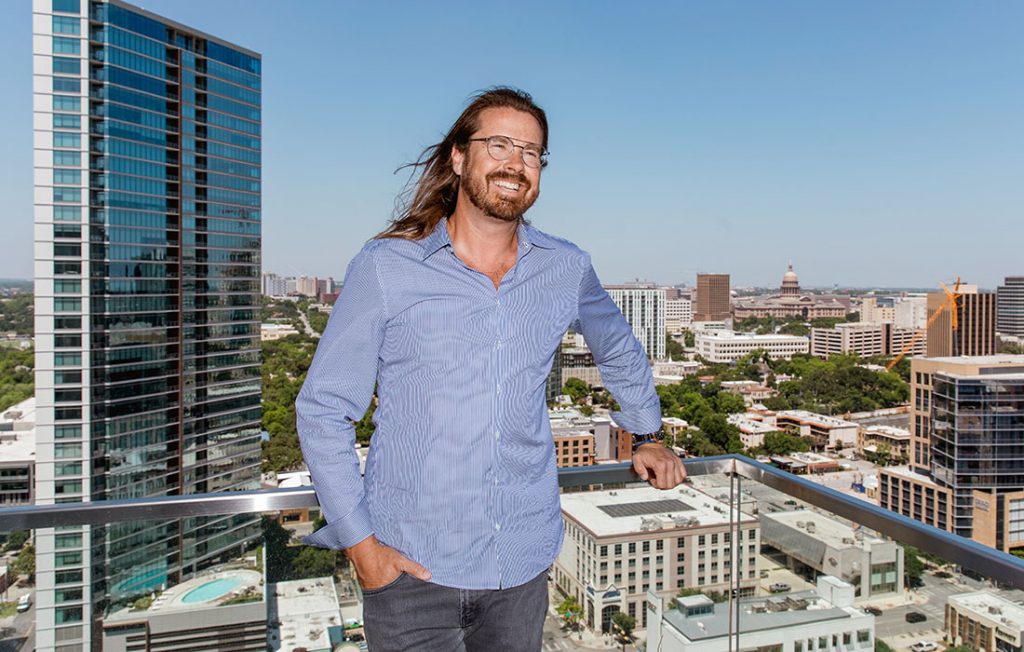
When Kevin Burns moved to Austin as a fresh-faced University of Texas student in 1995, the city was still a sleepy college and government town. The Austin Convention Center was barely 3 years old, built in 1992 to replace the Palmer Auditorium and host South by Southwest—itself less than a decade old. The city’s tallest buildings boasted just 32 floors, with the blue neon pyramid of the Franklin Federal Plaza (now 111 Congress) dominating the compact waterfront skyline.

Two decades later, Austin’s skyline is almost unrecognizable, transforming in tandem with a booming population. Where the Frost Bank Tower was once downtown’s most polarizing skyscraper upon completion in 2004, the next 15 years brought four new soaring towers in its wake. Today, cranes are as much a skyline staple as the State Capitol, constantly reframing the city’s evolving urban profile. Burns is one of the most prominent figures keeping those cranes at work, mapping out Austin’s current skyline and charting a course for its future.
While studying economics at UT, Burns worked for a local broker and earned his real estate license by the age of 19. Before graduating, he already had his broker’s license and three years’ experience under his belt. If that laser focus sounds extraordinary for a 21-year-old, his vision only sharpened from there. A year after graduating, Burns founded his own firm, Urbanspace, in order to pursue his passion for one geographic area—downtown Austin.
“I knew that in order to be great at this, I needed to be efficient,” he says. “I needed to be able to focus and become a master of my trade.”
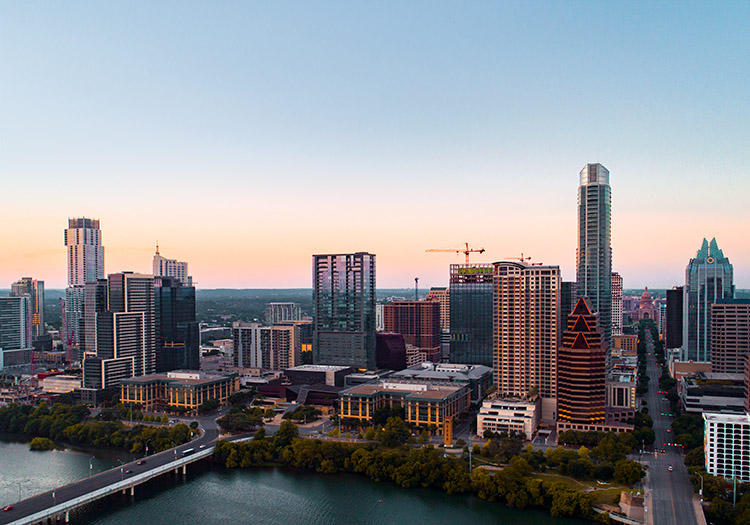
The decision shaped both the trajectory of his business and the bones of the growing city. As Austin’s population skyrocketed, so did demand for a simplified urban lifestyle—one devoid of traffic and closer to downtown amenities. Leading the charge as the exclusive broker for condominiums like the Seaholm Residences, Burns became an early advocate for growth in what he calls Austin’s urban core. The more he learned about his customer, the more he was able to partner with developers to influence projects while they were still under construction.
“If you can create the right product in the first place,” he says, “you don’t have to be a salesperson. Instead, you’re just acting as an ambassador or a guide, which I much prefer.”
When Burns first assumed the role of downtown ambassador, the urban lifestyle skewed toward a largely younger demographic. Now, with the wide range of price points available at high-rise residential buildings like the Seaholm and Independent, the area attracts a variety of residents willing to sacrifice space for a higher quality of life.
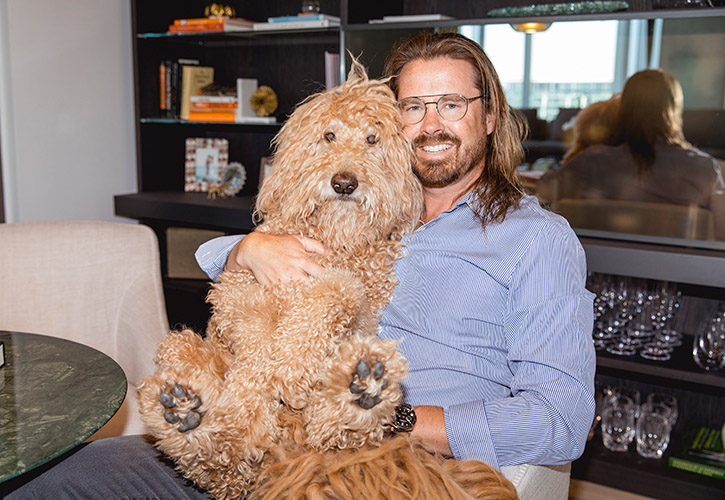 “That’s the beautiful thing about Austin,” says Burns. “Now you have it all—from bachelors to young couples and couples with kids. You have people whose kids are starting high school or going off to college, empty nesters using this as an alternative to golf course communities.”
“That’s the beautiful thing about Austin,” says Burns. “Now you have it all—from bachelors to young couples and couples with kids. You have people whose kids are starting high school or going off to college, empty nesters using this as an alternative to golf course communities.”
Burns considers that variety the test of a successful residential building: High-rises should act as vertical neighborhoods for people to build community, reflecting the changing demographics of the city itself. For him, the shift parallels his own life.
“Urbanspace has grown and evolved side by side with downtown Austin,” he says, reflecting on his company’s 20th anniversary this year. “I’ve grown and evolved along with it. I started this business as a young single guy, and now I’m married with kids and dogs and the whole shooting match.”
Over two decades, as his business evolved into a one-stop shop for real estate and interior design, Burns not only promoted but modeled the advantages of a metropolitan lifestyle. In 2017, he moved his family into a three-bedroom unit in the Seaholm Residences before settling at the newly opened Independent in 2019. In his mind, the “luxury” of downtown living involves convenience, rather than a target demographic or specific tax bracket.
“I’ve lived in and owned single-family homes and I’ve lived in a high-rise,” he says. “For me, ‘luxury’ just means simplicity of life. I don’t spend my Saturdays at Home Depot or Bed Bath & Beyond; I can go ride my bike and spend time with my family.”
A walking tour of his neighborhood at the Seaholm District proves his point. Since the Urbanspace offices and showroom are downstairs at the Independent, Burns commutes to work via elevator. The 10-mile loop of the Ann and Roy Butler Hike-and-Bike Trail is on his front doorstep. Both Trader Joe’s and Whole Foods are a stone’s throw away, with world-class restaurants scattered in a six-block radius. For Burns, this “ground-floor experience” eclipses any perceived downsides to densification.
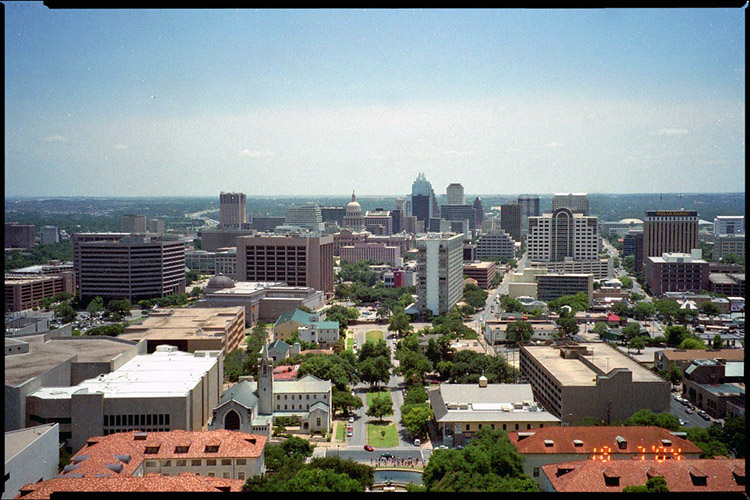
While new towers like the Independent have long drawn heat from anti-development critics, Burns argues the benefits outweigh the drawbacks—not just for residents but for the entire city. He points to the demise of Liberty Lunch, one of downtown’s cherished hole-in-the-wall live music venues and a relic of the small-town Austin vibes of the ’70s and ’80s.
“I was just barely old enough to go to Liberty Lunch before it shut down,” he recalls, noting a lack of air conditioning and long lines for the bar and bathroom. “What we got in its place was the Moody Theater … arguably one of the best places to see and hear live music in the United States.”
Of course, downtown development doesn’t always involve demolition. Urbanspace brokered all 274 units of the Seaholm Residences, situated on the redeveloped site of the city’s decommissioned power plant.
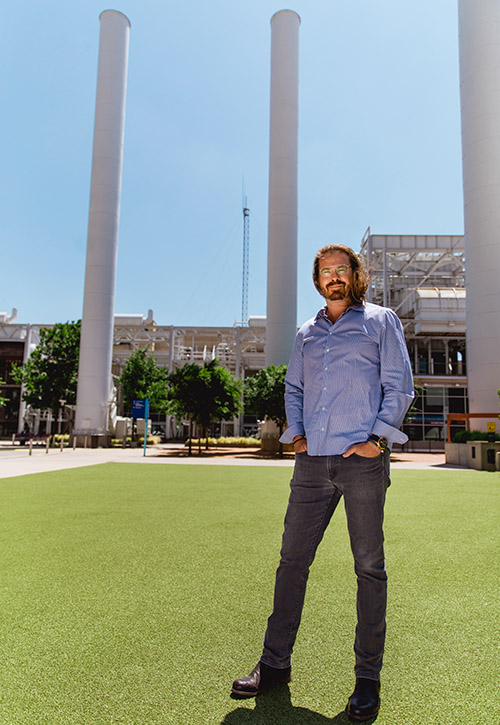
“I think there’s always a place for history,” Burns says. “The cool thing about Seaholm is that it preserved the power plant itself, while still creating a 280-unit condo tower, tons of ground-floor retail, a grocery store and a plaza that has become the town square of downtown. It’s nice to see old and new come together in a really congruent fashion.”
Burns considers the revitalization of the Seaholm and Second Street districts a proud moment for Austin. On Block 185, the new Google building (slated to open in 2022) will effectively connect the Austin Convention Center to the Seaholm District. If the city can put corresponding infrastructure in place, these hubs will be the key to Austin’s future growth. Pointing out the irony of the “don’t build it, and they won’t come” approach to transportation thus far, Burns notes that the loudest anti-densification protesters are often the first to complain about the city’s nightmare traffic.
“The only way mass transport works is if you have significant density around any transit stop,” he says. “And when you have the density, you get the restaurants and the venues and fun stuff that makes Austin cool.”
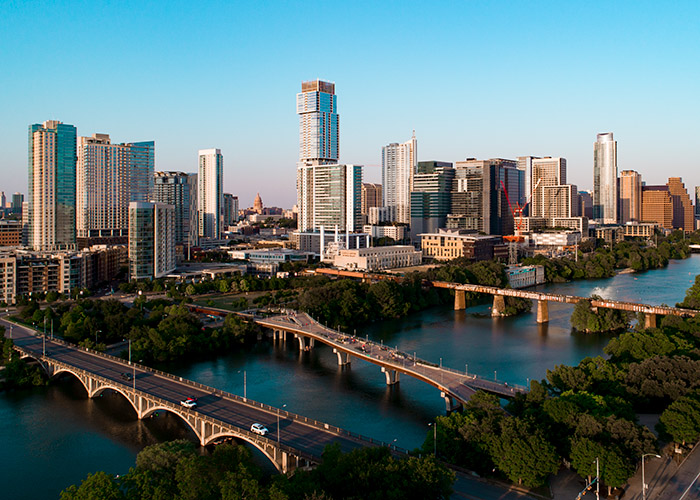
To that end, Austin is set to get a whole lot cooler in the next two decades. Even with a global pandemic threatening another economic downturn, Burns doesn’t expect the Austin population bubble to burst anytime soon.
“I can tell you for a fact that people aren’t going to stop moving here,” he says. “If anything, downturns drive people to Austin because we are a city that solves problems.”
With countless towers already under construction, Burns believes the new Google tower, along with 6 X Guadalupe, 44 East and 90 Rainey, will dramatically transform the skyline in just the next four years. And if the prospect triggers further anxiety for an anti-growth old guard, he invokes the icons that made Austin famous in the first place.
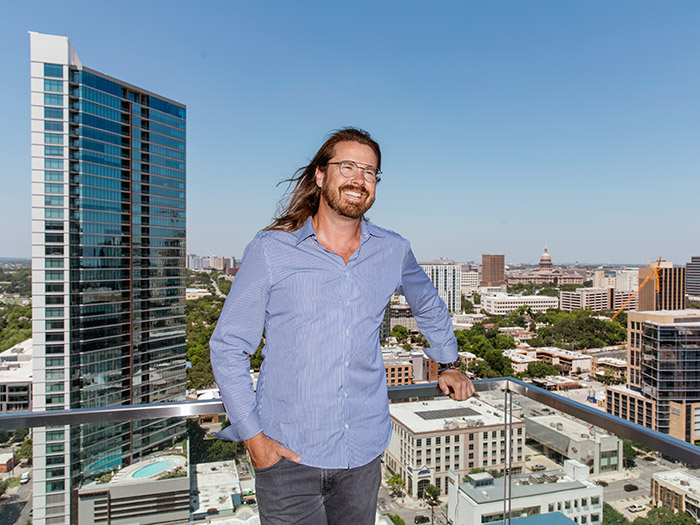
“Austin City Limits doesn’t use a bunch of single- and two-story rooftops as their backdrop,” he argues. “That’s not what makes Austin special—our urban environments make us special. What makes us proud as Austinites is our skyline.”
No matter how the city evolves, however, one thing will remain: “The Austin vibe and the Austin style is infectious,” says Burns. “It still feels like a small town in the way people treat each other. We still take time to stop and say hello, and that’s one of the things I love about Austin.”
